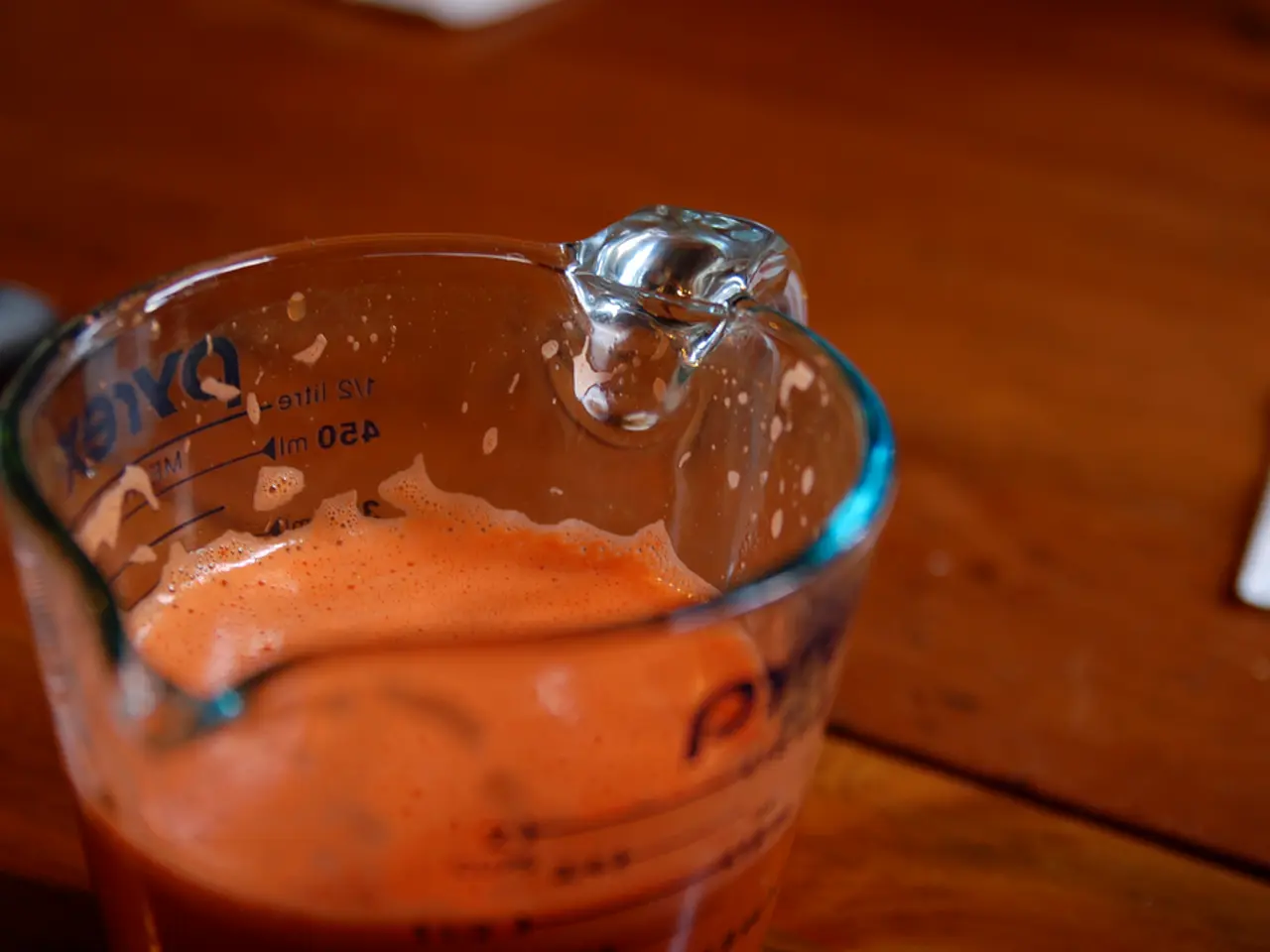Iterative Process Utilizing Do-While Structure in Java Programming
In the world of programming, loops are essential tools for repeating a set of instructions. One such loop is the Do-While loop, a useful construct in Java that ensures the loop body executes at least once before any condition is tested.
Syntax and Components
The basic syntax of a Do-While loop in Java is:
This loop consists of four main components:
- Initialization: Setup loop control variables before the loop starts.
- do block: Contains the code that executes at least once.
- while (condition): The condition evaluated after each iteration; if true, the loop continues, otherwise it stops.
- Update expression: Changes the loop control variable inside the block to avoid infinite loops (e.g., ).
Practical Applications
Do-While loops are particularly useful in situations where prompting should happen at least once, such as input validation, menu-driven programs, or scenarios where the code must execute once regardless of the condition.
Comparison with Other Java Loops
| Feature | Do-While loop | While loop | For loop | |----------------------|---------------------------------------------|-------------------------------------------|----------------------------------------| | Condition checked | After executing the loop body (exit control) | Before executing the loop body (entry control) | Before executing loop body (entry control) | | Execution guarantee | Loop body runs at least once | Loop body may not run if condition false initially | Loop body may not run if condition false initially | | Syntax complexity | Separate do block and a while condition | Single while with condition | Initialization; condition; update in header |
Example
Let's consider an example where we print "Hello World" 5 times using a Do-While loop:
In this example, the loop will continue to execute as long as the variable 'count' is less than or equal to 10, and after each iteration, 'count' will be incremented by 1.
Importance of Proper Code Organization
It's worth noting that, while not required by the syntax, it's recommended to use curly braces in the block for proper code organization and readability. For instance:
Conclusion
The Do-While loop in Java is a powerful tool for programmers. By understanding its syntax, components, and practical applications, you can leverage its unique features to solve a wide range of programming problems. Just remember to always ensure your test expression returns a boolean value and to organise your code effectively for readability.
This article is an introduction to the Java Do-While loop, with examples, provided by Chinmoy Lenka. Happy coding!
[1] https://www.w3schools.com/java/java_for_each.asp [2] https://www.tutorialspoint.com/java/java_do-while_loop.htm [3] https://www.geeksforgeeks.org/do-while-loop-in-java/ [4] https://www.javatpoint.com/do-while-loop-in-java [5] https://www.javatpoint.com/java-do-while-loop-example
Technologists working with Java often employ the Do-While loop, a construct in the language, to ensure that the loop body executes at least once before any condition is tested. In related discussions about the structure and practicality of loops, it's helpful to consider the 'trie' data structure for efficiently organizing and accessing loop-related data.




